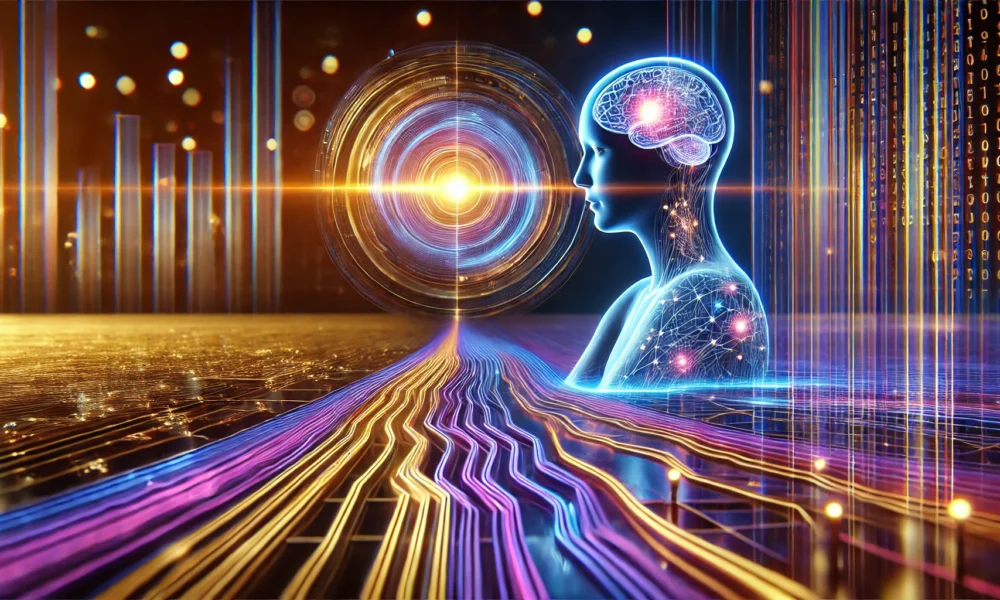Redefining Visual Creation: The Impact of AI on Image Generation
Artificial Intelligence (AI) has revolutionized visual creation by making it possible to generate high-quality images from simple text descriptions. Industries like advertising, entertainment, art, and design are already leveraging text-to-image models to unlock new creative avenues. As technology advances, the scope for content creation expands, facilitating faster and more imaginative processes.
Exploring the Power of Generative AI
By harnessing generative AI and deep learning, text-to-image models have bridged the gap between language and vision. A significant breakthrough was seen in 2021 with OpenAI’s DALL-E, paving the way for innovative models like MidJourney and Stable Diffusion. These models have enhanced image quality, processing speed, and prompt interpretation, reshaping content creation in various sectors.
Introducing Google Imagen 3: A Game-Changer in Visual AI
Google Imagen 3 has set a new standard for text-to-image models, boasting exceptional image quality, prompt accuracy, and advanced features like inpainting and outpainting. With its transformer-based architecture and access to Google’s robust computing resources, Imagen 3 delivers impressive visuals based on simple text prompts, positioning it as a frontrunner in generative AI.
Battle of the Titans: Comparing Imagen 3 with Industry Leaders
In a fast-evolving landscape, Google Imagen 3 competes with formidable rivals like OpenAI’s DALL-E 3, MidJourney, and Stable Diffusion XL 1.0, each offering unique strengths. While DALL-E 3 excels in creativity, MidJourney emphasizes artistic expression, and Stable Diffusion prioritizes technical precision, Imagen 3 strikes a balance between image quality, prompt adherence, and efficiency.
Setting the Benchmark: Imagen 3 vs. the Competition
When it comes to image quality, prompt adherence, and compute efficiency, Google Imagen 3 outshines its competitors. While Stable Diffusion XL 1.0 leads in realism and accessibility, Imagen 3’s ability to handle complex prompts and produce visually appealing images swiftly highlights its supremacy in AI-driven content creation.
A Game-Changer in Visual AI Technology
In conclusion, Google Imagen 3 emerges as a trailblazer in text-to-image models, offering unparalleled image quality, prompt accuracy, and innovative features. As AI continues to evolve, models like Imagen 3 will revolutionize industries and creative fields, shaping a future where the possibilities of visual creation are limitless.
-
What sets Google Imagen 3 apart from other text-to-image models on the market?
Google Imagen 3 is a new benchmark in text-to-image models due to its enhanced performance and superior accuracy in generating visual content based on text inputs. -
How does Google Imagen 3 compare to existing text-to-image models in terms of image quality?
Google Imagen 3 surpasses the competition by producing images with higher resolution, more realistic details, and better coherence between text descriptions and visual outputs. -
Can Google Imagen 3 handle a wide range of text inputs to generate diverse images?
Yes, Google Imagen 3 has been designed to process various types of text inputs, including descriptions, captions, and prompts, to create a diverse range of visually appealing images. -
Is Google Imagen 3 suitable for both professional and personal use?
Absolutely, Google Imagen 3’s advanced capabilities make it an ideal choice for professionals in design, marketing, and content creation, as well as individuals seeking high-quality visual content for personal projects or social media. - How does Google Imagen 3 perform in terms of speed and efficiency compared to other text-to-image models?
Google Imagen 3 is known for its fast processing speed and efficient workflow, allowing users to generate high-quality images quickly and seamlessly, making it a top choice for time-sensitive projects and high-volume content creation.

